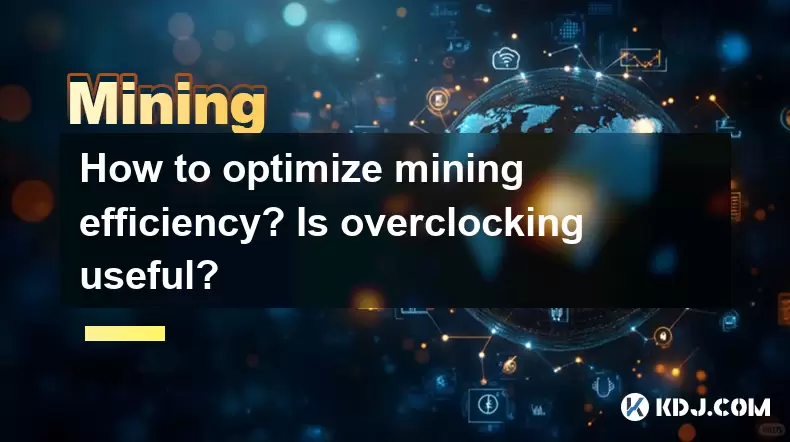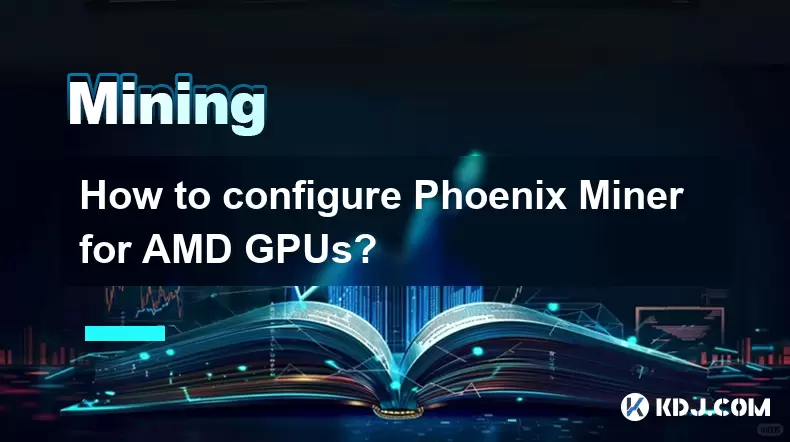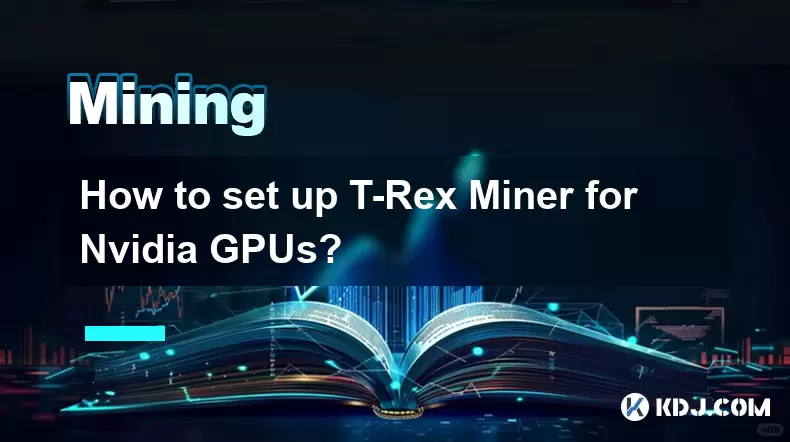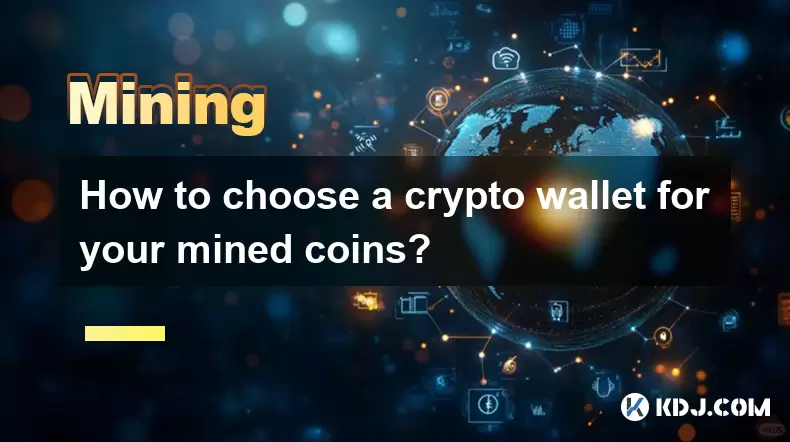-
 Bitcoin
Bitcoin $117800
0.49% -
 Ethereum
Ethereum $4432
0.55% -
 XRP
XRP $3.106
1.07% -
 Tether USDt
Tether USDt $1.001
0.01% -
 BNB
BNB $835.8
1.74% -
 Solana
Solana $189.1
2.72% -
 USDC
USDC $0.9999
-0.01% -
 Dogecoin
Dogecoin $0.2302
3.65% -
 TRON
TRON $0.3485
-0.69% -
 Cardano
Cardano $0.9212
-0.91% -
 Hyperliquid
Hyperliquid $46.97
1.45% -
 Chainlink
Chainlink $22.77
5.61% -
 Stellar
Stellar $0.4284
0.82% -
 Sui
Sui $3.766
2.82% -
 Bitcoin Cash
Bitcoin Cash $583.5
-0.82% -
 Ethena USDe
Ethena USDe $1.001
0.03% -
 Hedera
Hedera $0.2512
2.78% -
 Avalanche
Avalanche $24.18
2.27% -
 Litecoin
Litecoin $120.2
2.10% -
 Toncoin
Toncoin $3.450
1.96% -
 UNUS SED LEO
UNUS SED LEO $9.412
-0.92% -
 Shiba Inu
Shiba Inu $0.00001298
2.35% -
 Uniswap
Uniswap $10.99
3.75% -
 Polkadot
Polkadot $3.962
3.09% -
 Dai
Dai $1.000
0.00% -
 Bitget Token
Bitget Token $4.643
1.38% -
 Cronos
Cronos $0.1511
-0.08% -
 Ethena
Ethena $0.7246
3.18% -
 Monero
Monero $254.9
7.90% -
 Pepe
Pepe $0.00001100
3.32%
How to optimize mining efficiency? Is overclocking useful?
Overclocking can boost mining efficiency by increasing hash rates, but it risks overheating and hardware damage if not managed carefully.
May 16, 2025 at 10:05 am

Mining cryptocurrencies can be a lucrative endeavor, but it requires careful optimization to maximize efficiency and profitability. One common question among miners is whether overclocking can enhance their mining operations. In this article, we'll delve into various strategies to optimize mining efficiency and explore the role of overclocking in this process.
Understanding Mining Efficiency
Mining efficiency refers to the ability of a mining rig to convert electrical energy into computational power effectively. The goal is to maximize the hash rate while minimizing power consumption. Efficiency is crucial because it directly impacts the profitability of mining operations. A more efficient mining setup can generate more cryptocurrency per unit of electricity consumed, leading to higher returns on investment.
To optimize mining efficiency, miners need to consider several factors, including hardware selection, cooling, software settings, and operational strategies. Each of these elements plays a critical role in achieving the best possible performance from a mining rig.
Selecting the Right Hardware
Choosing the right hardware is foundational to optimizing mining efficiency. Different cryptocurrencies require different types of hardware, with Application-Specific Integrated Circuits (ASICs) being the most efficient for Bitcoin mining, and Graphics Processing Units (GPUs) often used for mining altcoins.
When selecting hardware, miners should focus on the hash rate per watt metric, which indicates how much computational power the device can provide for each watt of electricity it consumes. Higher values in this metric signify more efficient hardware. For example, the latest ASIC miners from manufacturers like Bitmain and MicroBT offer impressive hash rates with relatively low power consumption.
Optimizing Cooling Systems
Effective cooling is essential for maintaining mining efficiency. Overheating can lead to reduced performance and hardware damage, which negatively impacts mining operations. Miners should ensure their rigs are equipped with adequate cooling solutions, such as fans, heat sinks, and liquid cooling systems.
- Ensure proper airflow around the mining rig to prevent heat buildup.
- Regularly clean dust from fans and heat sinks to maintain optimal cooling performance.
- Consider using liquid cooling for high-performance setups, as it can dissipate heat more effectively than air cooling.
By keeping the hardware cool, miners can maintain consistent performance and extend the lifespan of their equipment.
Fine-Tuning Software Settings
Software settings can significantly impact mining efficiency. Miners should use reputable mining software that allows for detailed configuration and monitoring. Key settings to adjust include:
- Overclocking: Increasing the clock speed of the GPU or ASIC to achieve higher hash rates.
- Undervolting: Reducing the voltage supplied to the hardware to decrease power consumption without sacrificing performance.
- Core and memory clock speeds: Adjusting these can optimize the balance between performance and power usage.
Experimenting with different settings can help miners find the optimal configuration for their specific hardware and mining environment.
The Role of Overclocking in Mining
Overclocking is a technique that involves running hardware at a higher speed than its factory settings. In the context of mining, overclocking can potentially increase the hash rate, leading to higher mining efficiency. However, it comes with risks and considerations that miners must weigh carefully.
Benefits of Overclocking:
- Increased Hash Rate: Overclocking can boost the hash rate, allowing miners to solve more cryptographic puzzles and earn more cryptocurrency.
- Improved Efficiency: If done correctly, overclocking can improve the hash rate per watt, making the mining operation more efficient.
Risks of Overclocking:
- Increased Heat: Higher clock speeds generate more heat, which can lead to thermal throttling and hardware damage if not managed properly.
- Reduced Lifespan: Overclocking can accelerate wear and tear on the hardware, potentially shortening its lifespan.
- Instability: Pushing hardware beyond its designed limits can cause instability, leading to crashes and downtime.
To implement overclocking safely, miners should follow these steps:
- Monitor Temperatures: Use software to keep an eye on the hardware's temperature and adjust settings if it starts to overheat.
- Incremental Adjustments: Increase clock speeds gradually and test stability after each adjustment.
- Stress Testing: Run stress tests to ensure the hardware remains stable at the new settings.
- Backup Settings: Keep a record of original settings so you can revert if issues arise.
Operational Strategies for Efficiency
Beyond hardware and software optimizations, miners can employ operational strategies to enhance mining efficiency. These strategies include:
- Pool Mining: Joining a mining pool can provide more consistent returns, as the collective hash rate of the pool increases the chances of solving blocks more frequently.
- Energy Management: Utilize off-peak electricity rates to reduce operational costs. Some miners also explore renewable energy sources to lower their carbon footprint and energy expenses.
- Regular Maintenance: Keep mining rigs in top condition through regular cleaning and hardware checks. This helps prevent performance degradation over time.
By combining these strategies, miners can create a robust and efficient mining operation that maximizes profitability.
Frequently Asked Questions
Q: Can overclocking damage my mining hardware permanently?
A: Overclocking can potentially damage hardware if not managed properly. It increases heat and stress on the components, which can lead to reduced lifespan or even immediate failure. Always monitor temperatures and use incremental adjustments to minimize risks.
Q: Is it better to overclock or undervolt for mining efficiency?
A: Both overclocking and undervolting can improve mining efficiency, but they serve different purposes. Overclocking increases the hash rate at the cost of higher power consumption and heat, while undervolting reduces power usage without sacrificing performance. The best approach depends on your specific hardware and mining goals.
Q: How often should I adjust my mining rig's settings?
A: Regular monitoring and adjustments are key to maintaining optimal performance. Check your rig's settings and performance at least weekly, and make adjustments as needed based on changes in hardware performance, environmental conditions, or mining software updates.
Q: Can I use the same mining settings for different cryptocurrencies?
A: No, different cryptocurrencies often require different mining algorithms and hardware settings. Always adjust your mining rig's settings according to the specific cryptocurrency you are mining to ensure optimal efficiency and performance.
Disclaimer:info@kdj.com
The information provided is not trading advice. kdj.com does not assume any responsibility for any investments made based on the information provided in this article. Cryptocurrencies are highly volatile and it is highly recommended that you invest with caution after thorough research!
If you believe that the content used on this website infringes your copyright, please contact us immediately (info@kdj.com) and we will delete it promptly.
- Kazakhstan's Crypto Leap: Bitcoin ETF and Central Asia's Digital Finance Future
- 2025-08-13 12:45:19
- BlockDAG Presale Blazes Past $371M: Fundraising Frenzy Fuels Crypto Sensation
- 2025-08-13 13:05:21
- Meme Coins: Chasing the 2025 Surge – Which Will Moonshot?
- 2025-08-13 10:25:23
- Bitcoin's Wild Ride: Rally, Pullback, and What's Next
- 2025-08-13 10:25:23
- Bitcoin, Bitmax, and Institutional Demand: A New Era of Crypto Investment
- 2025-08-13 10:45:12
- Solana, ROAM, and Airdrops: What's the Buzz in 2025?
- 2025-08-13 11:35:13
Related knowledge

How to configure Phoenix Miner for AMD GPUs?
Aug 11,2025 at 03:21am
Understanding Phoenix Miner and Its Compatibility with AMD GPUsPhoenix Miner is a lightweight, high-performance Ethereum mining software designed for ...

How to set up T-Rex Miner for Nvidia GPUs?
Aug 10,2025 at 12:07am
Understanding T-Rex Miner and Its Compatibility with Nvidia GPUsT-Rex Miner is a high-performance mining software designed specifically for Nvidia GPU...

What is "proof-of-work" and how does it relate to mining?
Aug 07,2025 at 02:03pm
Understanding the Concept of Proof-of-WorkProof-of-work (PoW) is a consensus mechanism used in blockchain networks to validate transactions and secure...

How to choose a crypto wallet for your mined coins?
Aug 13,2025 at 11:36am
Understanding the Types of Crypto Wallets for Mined CoinsWhen selecting a crypto wallet for your mined coins, the first step is to understand the diff...

What are the differences between mining on Windows vs. Linux?
Aug 06,2025 at 11:29pm
Overview of Cryptocurrency Mining PlatformsCryptocurrency mining involves using computational power to solve complex cryptographic puzzles and validat...

How to use an old computer for cryptocurrency mining?
Aug 07,2025 at 12:42pm
Understanding the Feasibility of Using an Old Computer for MiningUsing an old computer for cryptocurrency mining may seem outdated, but it is still te...

How to configure Phoenix Miner for AMD GPUs?
Aug 11,2025 at 03:21am
Understanding Phoenix Miner and Its Compatibility with AMD GPUsPhoenix Miner is a lightweight, high-performance Ethereum mining software designed for ...

How to set up T-Rex Miner for Nvidia GPUs?
Aug 10,2025 at 12:07am
Understanding T-Rex Miner and Its Compatibility with Nvidia GPUsT-Rex Miner is a high-performance mining software designed specifically for Nvidia GPU...

What is "proof-of-work" and how does it relate to mining?
Aug 07,2025 at 02:03pm
Understanding the Concept of Proof-of-WorkProof-of-work (PoW) is a consensus mechanism used in blockchain networks to validate transactions and secure...

How to choose a crypto wallet for your mined coins?
Aug 13,2025 at 11:36am
Understanding the Types of Crypto Wallets for Mined CoinsWhen selecting a crypto wallet for your mined coins, the first step is to understand the diff...

What are the differences between mining on Windows vs. Linux?
Aug 06,2025 at 11:29pm
Overview of Cryptocurrency Mining PlatformsCryptocurrency mining involves using computational power to solve complex cryptographic puzzles and validat...

How to use an old computer for cryptocurrency mining?
Aug 07,2025 at 12:42pm
Understanding the Feasibility of Using an Old Computer for MiningUsing an old computer for cryptocurrency mining may seem outdated, but it is still te...
See all articles

























































































